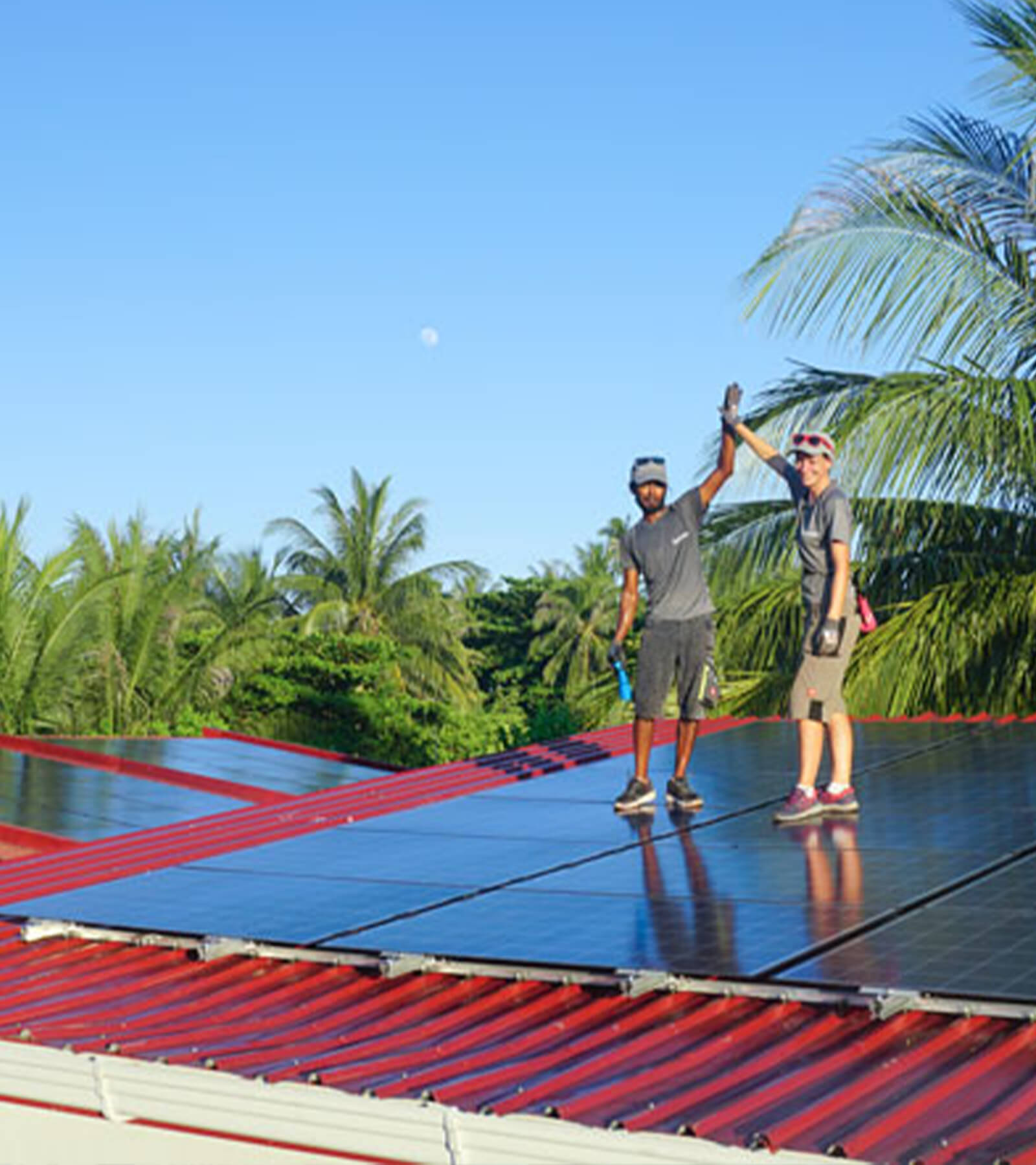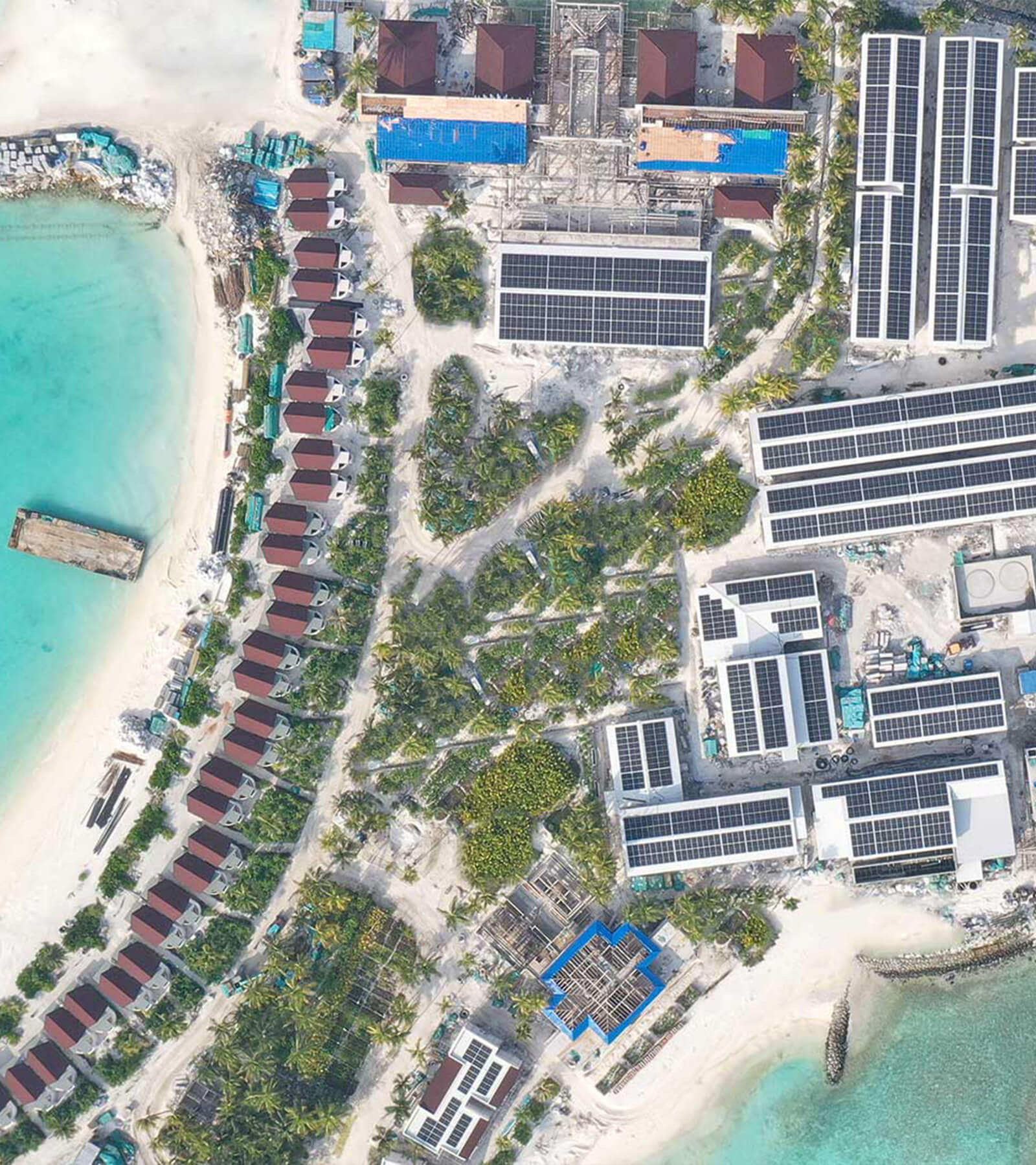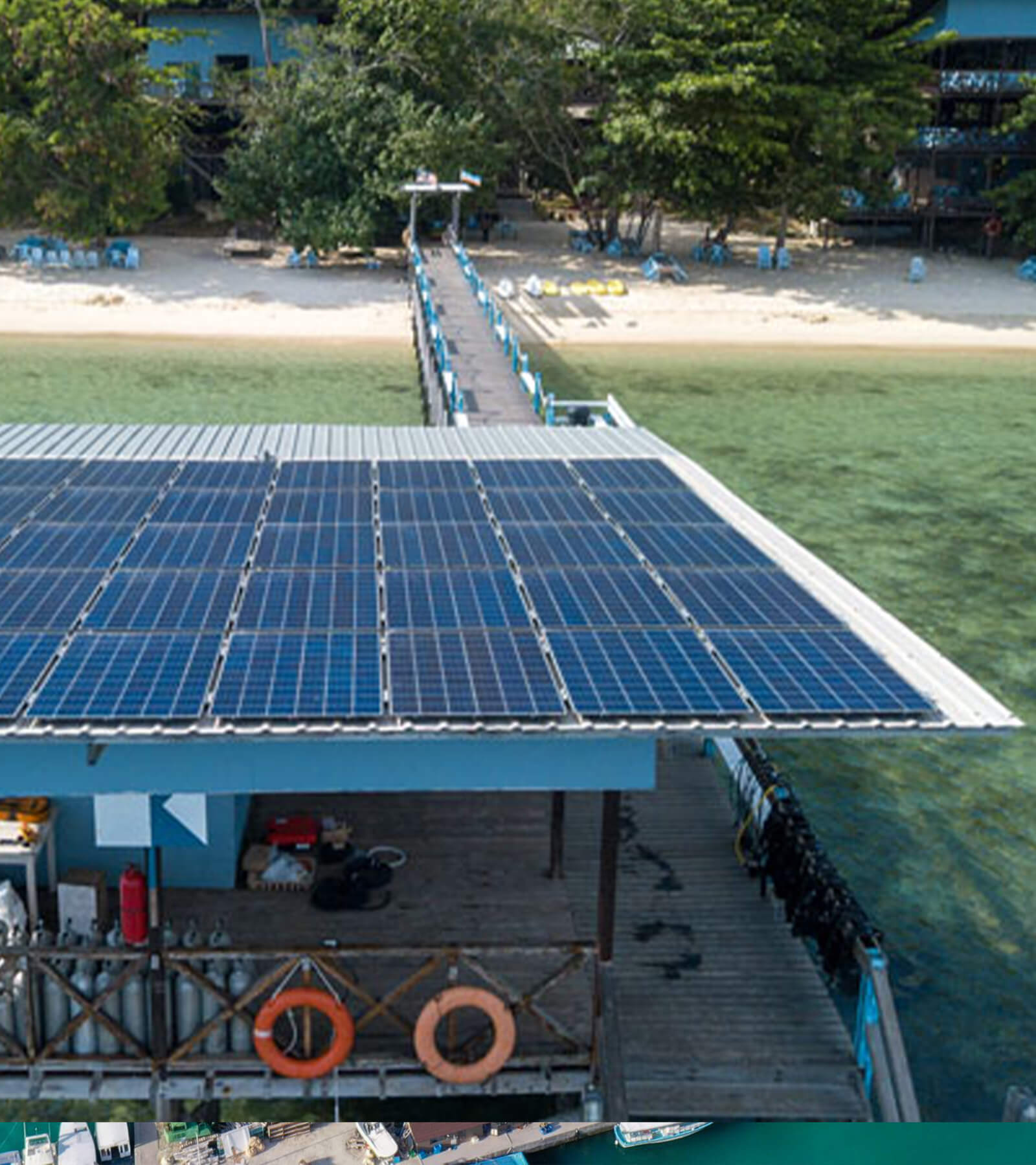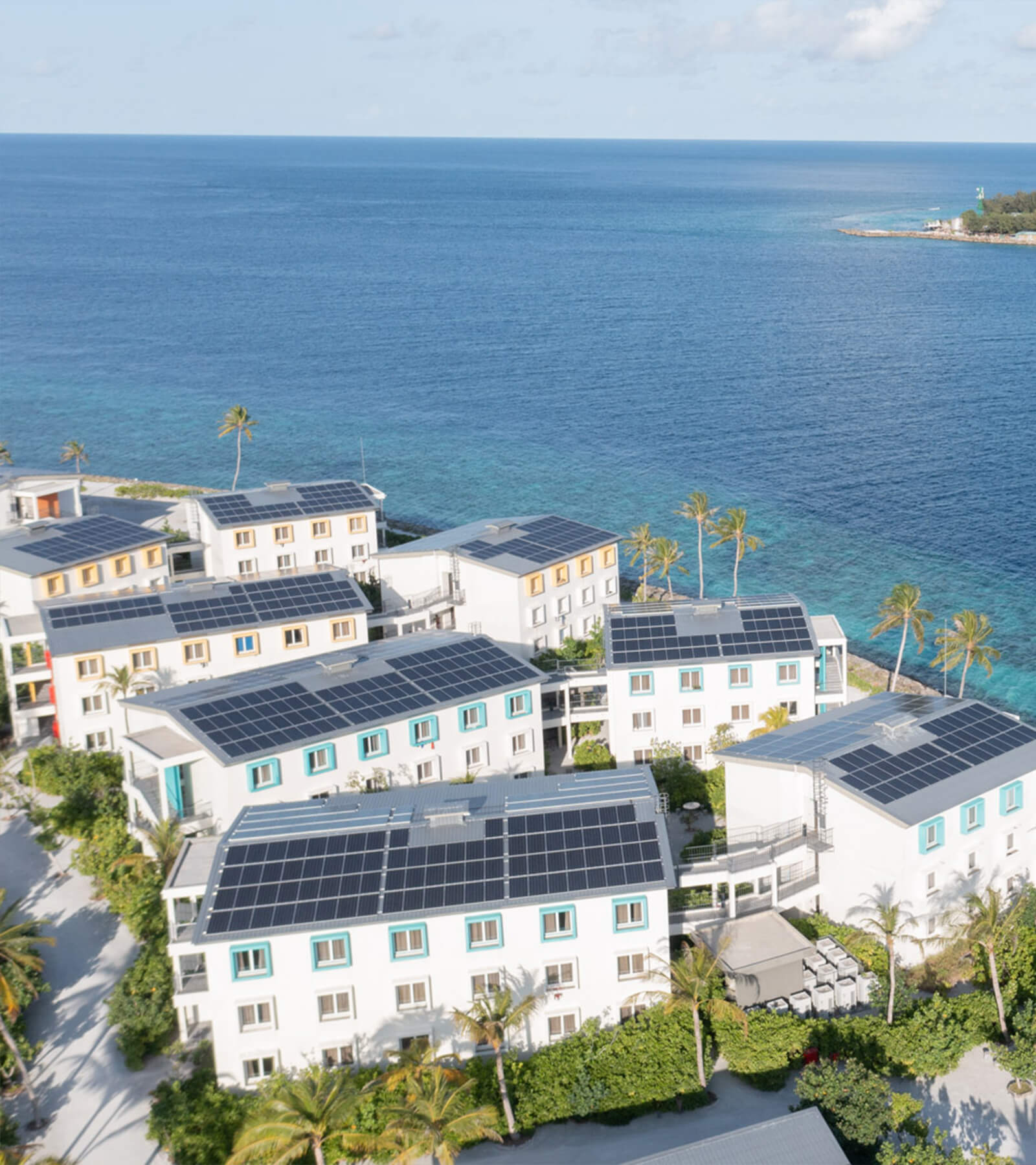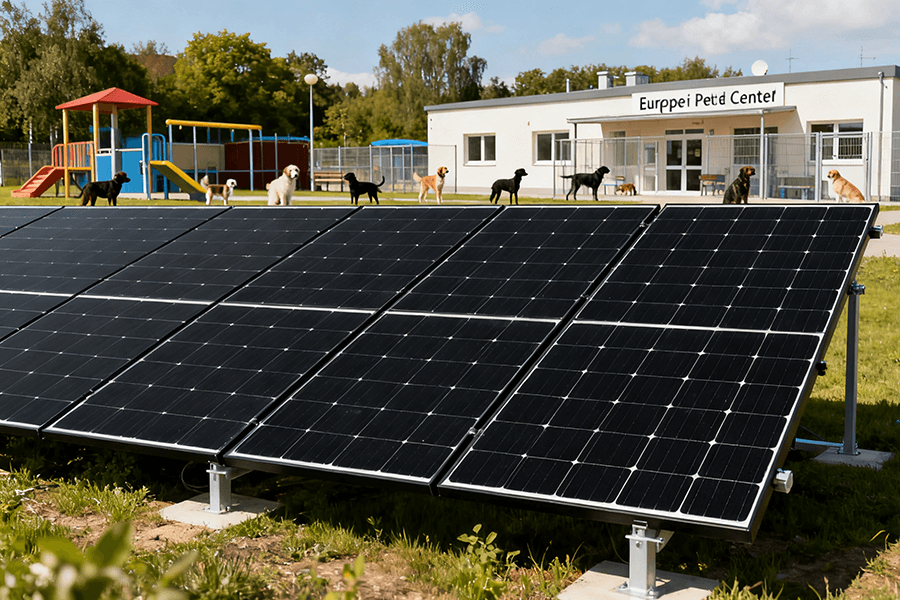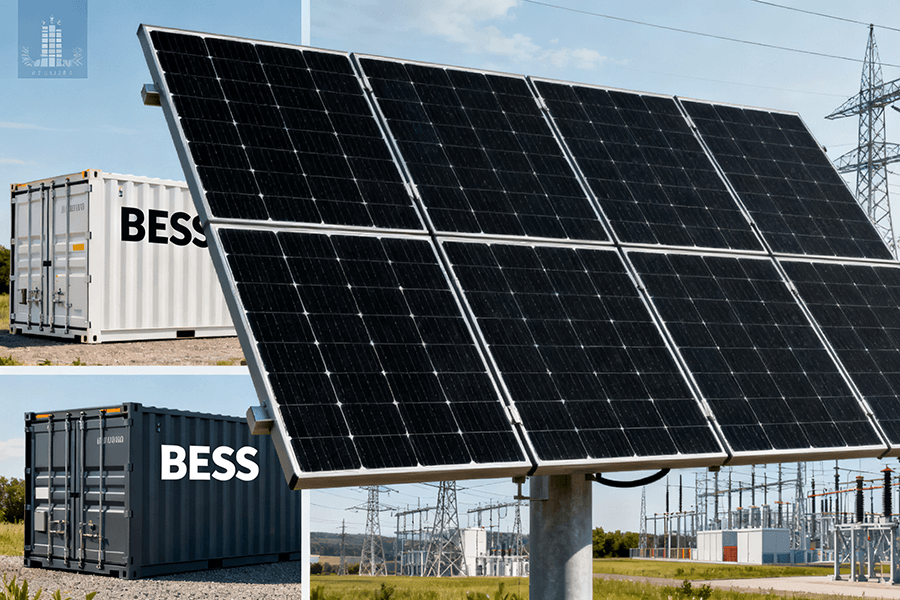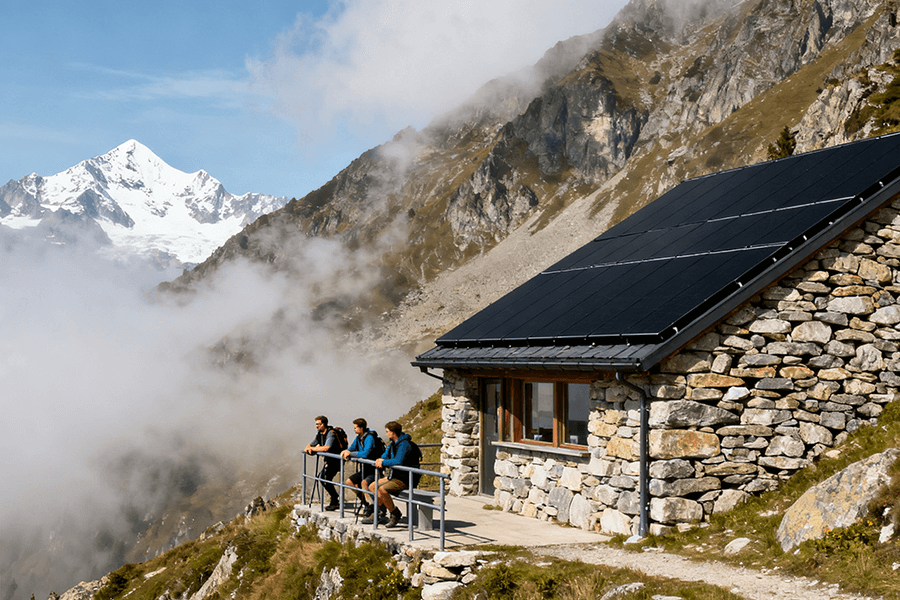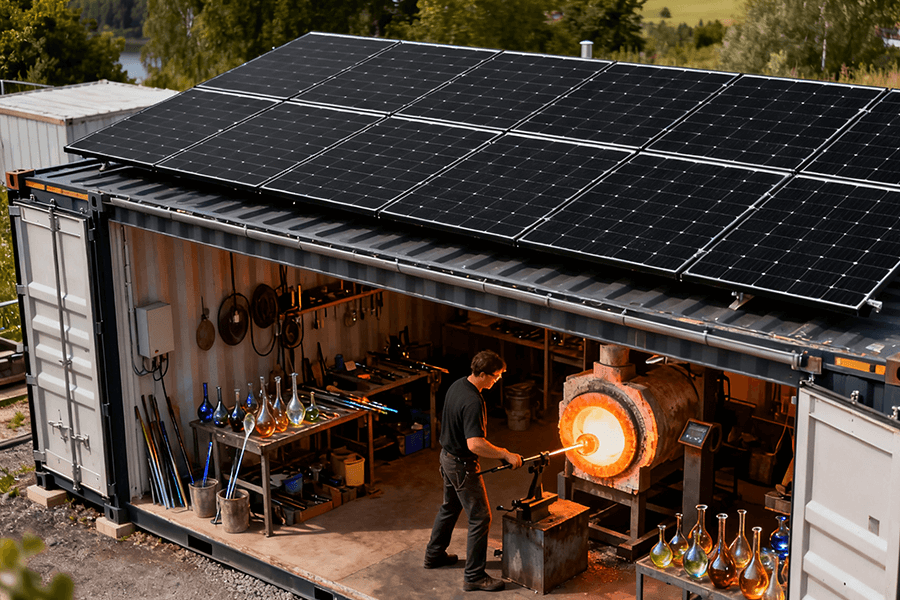Industrial heating eats 20% of global CO₂ emissions (IEA 2025) – but electrifying boilers and kilns with renewables is like baking a cake in a hurricane. Enter BESS Container Industrial Heating: These battery heroes buffer intermittent solar/wind, stabilize massive resistive/inductive loads, and slash costs by enabling off-peak operation. We explore how containerized BESS units prevent million-dollar product losses during grid dips (ask that Belgian chocolate factory), while Maxbo Solar’s deployments turn decarbonization headaches into profit. Spoiler: Fossil fuels aren’t invited.
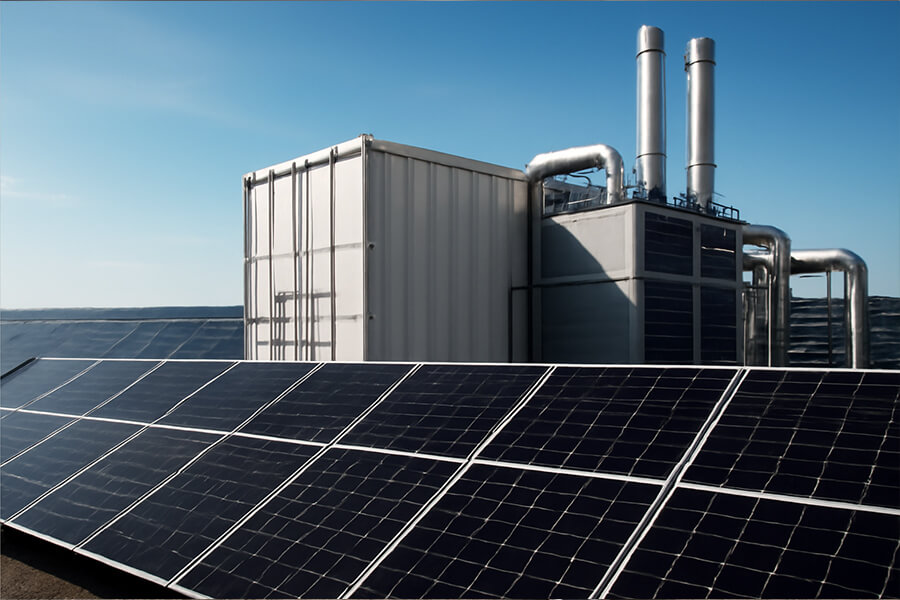
The Scorching Dilemma: Industrial Heat’s Carbon Footprint
(Spoiler: It’s Bigger Than Aunt Bertha’s Potato Salad at a BBQ)
Let’s cut to the chase: Industrial heating is the climate villain nobody talks about at parties. While EVs and solar farms steal headlines, the kilns, boilers, and furnaces baking your bricks, chocolate, and cement silently belch out 20% of global CO₂ emissions – a gut punch confirmed by the IEA’s 2024 Energy Efficiency Report. That’s more than all global aviation and shipping combined.
The Carbon Culprits: Industrial Heat’s VIP Section
Not all industries sin equally. Meet the energy gluttons:
| Sector | % of Industrial Heating Emissions | Guilty Parties | Annual Energy Spend (USD) |
|---|---|---|---|
| Chemicals | 28% | Steam crackers, reactors | $220 billion |
| Cement & Ceramics | 31% | Kilns (1,400°C+ monsters) | $180 billion |
| Food Processing | 18% | Boilers, fryers, sterilizers | $95 billion |
| Metals | 23% | Arc furnaces, smelters | $210 billion |
Source: IEA Industry Tracking 2025, BloombergNEF Industrial Decarbonization 2025
These sectors aren’t just burning cash – they’re incinerating 8.4 gigatonnes of CO₂ yearly (Climate Watch 2025). To visualize: that’s equivalent to 1.7 billion Aunt Berthas grilling potato salad over charcoal… every single day.
The Electric Dream (And Why It’s a Nightmare)
Enter resistive/inductive heating – the “clean” alternative. Electric arc furnaces and infrared kilns could slash emissions… if powered by renewables. But here’s the kicker:
Renewables have the focus of a toddler hyped on birthday cake.
– Sun naps midday when factories peak.
– Wind clocks out during winter energy rushes.
– Grids crumble under gigawatt-scale resistive loads.
The proof? In 2024, Germany’s industrial zones suffered 147 hours of renewable “droughts” where solar/wind supplied <15% of demand – forcing gas backups (Fraunhofer ISE 2025). Meanwhile, California curtailed 2.3 TWh of excess solar in Q1 2025 alone because factories couldn’t flexibly absorb it (BloombergNEF).
The $1.2 Million Chocolate Meltdown
Take that Belgian chocolate factory you mentioned. When a grid dip hit during a critical tempering cycle last July, 12 tons of premium couverture seized into concrete-like slabs. Cost? $1.2 million in wasted cocoa + 3 days of downtime. Their crime? Relying on “green” grid power without a buffer (FoodProcessingJournal).
The brutal truth: Electrifying industrial heat without solving renewables’ “9-to-5 work ethic” is like bringing a water pistol to a volcano fight.
(Up next: How BESS containers turn this dumpster fire into a s’more-making opportunity…)
Enter BESS: The Industrial “Espresso Shot” for Renewable Hangovers
(When Wind Turbines Snooze, Batteries Caffeinate)
The “Grid Dip” Nightmare: Where Dreams Turn to Scrap
Remember that Belgian chocolate tragedy? Multiply it across industries. When the grid flickers during a critical thermal process, chaos ensues:
- Glass tempering failure: 5,000 champagne bottles solidify into “abstract art” → $500k loss (Glass International, 2025).
- Ceramic kiln crash: Temperature drop during vitrification → entire batch of porcelain cracks → $220k down the drain (Ceramic Tech Today).
BESS Fix: 500kW–5MW containerized systems inject power within 20 milliseconds during dips (NREL 2025). No more “existential screaming” in production halls.
Off-Peak Wizardry: Turning Night Owls into Profit Machines
Cheap Power = Happy CFOs: BESS containers charge when electricity is nearly free and discharge during price surges:
| Energy Arbitrage in Action (2025 Avg. Rates) | |
|---|---|
| Charge at night | $0.018/kWh |
| Discharge during peak chaos | $0.203/kWh |
| Gross margin per cycle | $0.185/kWh |
Real-World Sorcery: A German cement plant runs its 12MW electric kiln at midnight using BESS-stored wind power – saving 40% ($2.7M/year) on energy (Fraunhofer ISE Case Study).
Taming “Greedy” Loads: No More $10k Utility Surprises
Resistive loads (industrial boilers) gulp energy like a thirsty camel. Inductive loads (arc furnaces) destabilize grids with reactive power spikes.
BESS Magic:
- Absorbs demand spikes from 0–100% load in <1 second.
- Slashes utility demand charges by 35–60% (e.g., avoiding $48,000/month fees at a Chicago steel plant) (BloombergNEF 2025).
- Provides reactive power support at 0.005/kVARhvs.utilitypenaltiesof0.12/kVARh (DOE 2025 Grid Services Report).
BESS Containers: Not Just Fancy Sheds
(They’re Smarter Than Your Smart Fridge)
Why Containers? Deployment Without the Drama
Forget decade-long construction. Today’s BESS containers are permit-friendly plug-&-play assets solving industry’s “I need it yesterday” problem:
- Installation: Deployed in <90 days vs. 3+ years for grid upgrades (NREL 2025).
- Thermal Management: Liquid-cooled systems maintain cells at 25°C±2°C – critical when ambient factory temps hit 45°C (DNV Battery Container Report 2025).
- Space Efficiency: 1MW/2MWh unit fits in 30×8ft footprint (smaller than 2 parking spots) (S&P Global 2025).
2025’s Game-Changers: Where Batteries Become ATMs
1. Grid Services Cash Machine
Your BESS isn’t just backup – it’s a profit center. Frequency regulation pays $45–110/MW/h for milliseconds-fast responses (PJM 2025 Market Data):
| Revenue Streams | Avg. Annual Earnings (Per 1MW BESS) |
|---|---|
| Frequency Regulation | $162,000 |
| Capacity Payments | $78,500 |
| Energy Arbitrage | $203,000 |
Source: Wood Mackenzie Grid Edge 2025
Real case: A Texas chemical plant earned $441,000 in Q1 2025 by letting its BESS “moonlight” for ERCOT during production downtime (Energy Storage News).
2. Safety: No “Thermal Runway” Fireworks
2025’s UL9540A-certified containers make catastrophes obsolete:
- Propagation Resistance: Single-cell thermal runaway contained in <12 seconds (UL 9540A Test Data 2025).
- Gas Venting: Explosion-proof vents channel flammable gases outdoors (0% indoor accumulation) (NFPA 855 Compliance Report).
- Insurance Win: Premiums slashed by 35% vs. non-certified systems (Lloyd’s of London 2025).
The Punchline: Yes, This Actually Works
(No Unicorns Were Harmed in This Decarbonization)
Case 1: Spanish Tile Giant Slashes Gas, Saves Millions
Problem: Solar dips during 1500°C glaze cycles → cracked tiles (15% scrap rate).
Solution: 8MW BESS + PV microgrid buffers 45-second cloud transitions (Fraunhofer ISE 2025).
Results:
| Metric | Before BESS | After BESS |
|---|---|---|
| Natural Gas Consumption | 100% | 30% |
| Scrap Rate | 15% | 1.8% |
| Annual CO₂ Reduction | — | 12,400 tons |
| Energy Cost Savings | — | $1.9M |
Source: Ceramics World Review 2025
Case 2: Belgian Chocolate Saves Cocoa (and Sanity)
Problem: 2-second voltage dip → $1.2M cocoa seizure disaster (2024).
Solution: 1.2MW BESS injects power in 18ms during grid faults (DNV 2025).
Results:
- Zero production losses since deployment (Jan 2025).
- $280,000/year from grid frequency regulation (side hustle during idle hours) (Belgian Grid Operator ELIA 2025).
- CFO quote: “BESS paid back faster than our cocoa futures contracts.”
Case 3: BASF’s e-Boilers Steamroll Emissions, Not Planets
Project: Replace gas-fired steam with 24MW electric boilers + 36MWh BESS at Ludwigshafen (BASF Sustainability Report 2025).
Results:
| Metric | Performance |
|---|---|
| CO₂ Reduction | 78,000 t/year |
| Energy Flexibility | Shaves 40MW peak load |
| Grid Revenue | $1.2M/year (PJM frequency markets) |
| Payback Period | 3.8 years |
Meet Maxbo Solar: Your BESS Wingman
(We’re the Robin to Your Industrial Batman)
Hi there—I’m part of Maxbo Solar, and we engineer battle-tested BESS containers that turn industrial heat into profit. While others sell widgets, we solve your dirtiest energy secrets:
2025 Edge: Where Engineering Meets Economics
-
Thermal Beast Mode:
- Handles 1500°C ambient factory heat with MIL-SPEC liquid cooling (cells stay at 25°C±1°C) (DNV 2025 Thermal Stress Report).
- 2MWh standard containers deploy in <60 days – no “permitting purgatory” (GTM Research 2025).
-
AI-Driven “Truffle Pig” Peak Shaving:
Our software hunts arbitrage like a bloodhound:
| Algorithmic Trading Wins (2025 Avg.) | Savings |
|---|---|
| Energy Cost Reduction | 22% |
| Demand Charge Avoidance | $48,000/year |
Source: Wood Mackenzie AI-Optimized BESS 2025
-
Grid Dip Assassin:
Responds in <18ms – 5× faster than PLC scan cycles (IEEE 2025 Grid Resilience Study).
Real Talk: Scandinavian Steel Plant Smackdown
Deployed Q4 2024 in an Oslo electric arc furnace:
| Metric | Result |
|---|---|
| Natural Gas Reduction | 89% |
| Grid Incentives | €200,000/year |
| CO₂ Savings | 9,200 tons/year |
| Payback Period | 2.7 years |
“Maxbo’s BESS turned our furnace into a grid asset – it pays us while melting steel.”
– Plant Manager, Oslo (Jan 2025)

